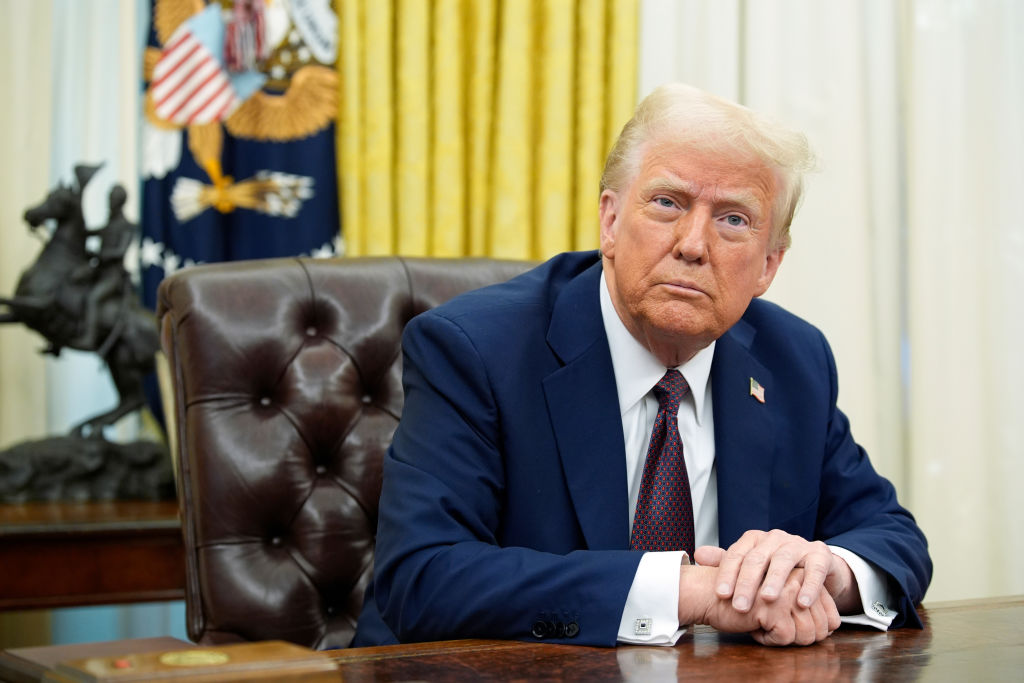In his first spate of executive orders following his inauguration, President Donald Trump stopped short of levying tariffs on the United States’ key trading partners. While he has thus far only planned to impose tariffs on imported computer chips, pharmaceuticals, and steel, the threat of some form of trade barriers with other nations remains. Trump rose to his second term on a wave of economic distress, which, when not sublimated into cultural resentment, found inchoate expression in a support for trade barriers.
The decline of industrial employment is viewed as the root of the country’s malaise, and trade, specifically the US trade relationship with China, as the main driver of that decline. This theory of crisis is largely bipartisan. The consensus is evidenced by the Biden administration’s Trumpian marriage of national security politics and industrial policy in concert with trade restrictions imposed with the explicit aim of stunting China’s further technological development.
This approach, however, is macroeconomically confused and bears the real risk of worsening the problems it is intended to address.
At the center of Trump’s trade policy is a seemingly legitimate concern: the US economy has long been marked by “twin deficits”: large and persistent imbalances in the federal budget and current account (the trade balance). At the heart of these deficits is an “excess” of consumption over production: Americans spend more than they make domestically (put differently: the national savings rate is low); that “excess” spending is…
Auteur: Dominik A. Leusder

